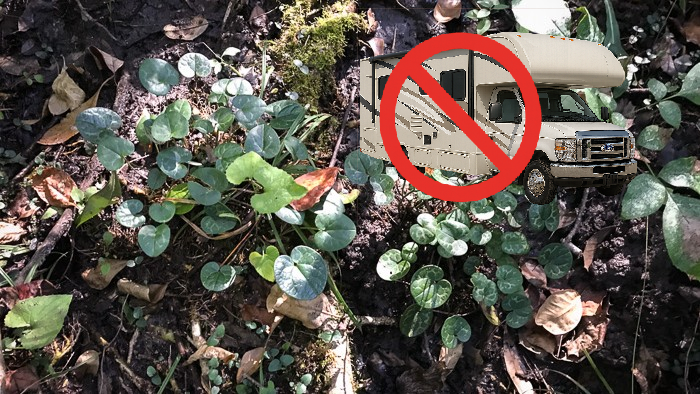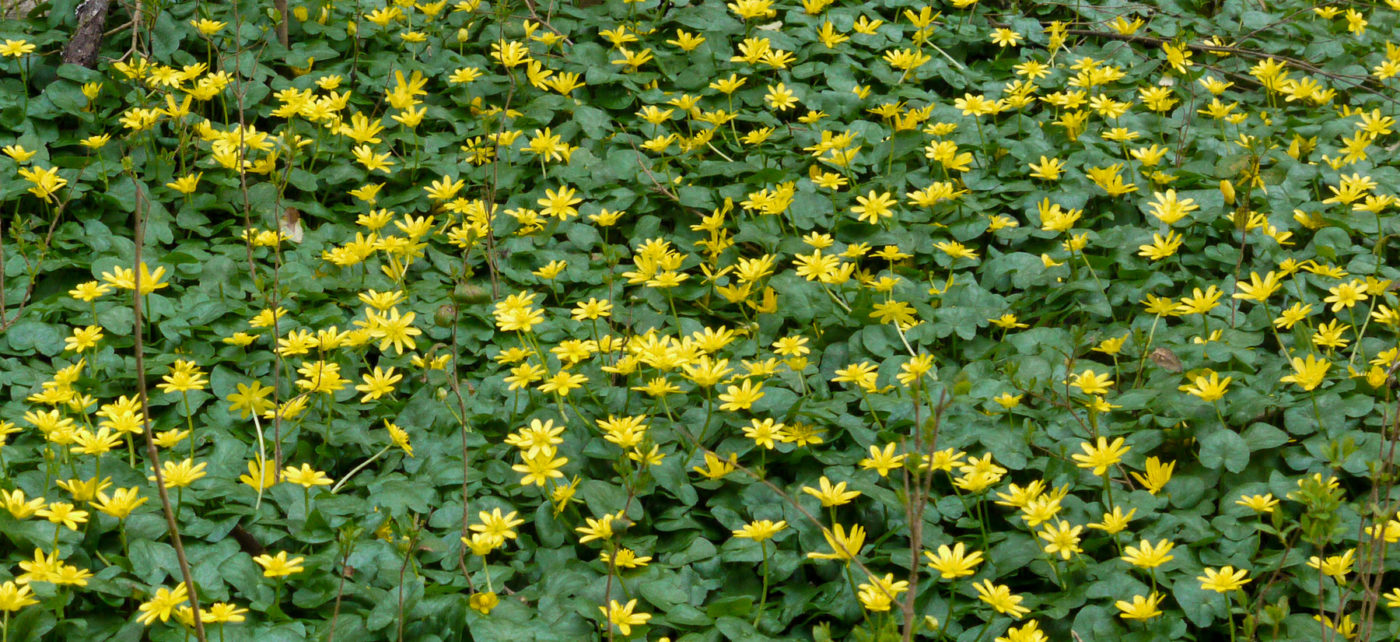by Frank Holleman
Thanks to Rick Huffman, Eva and John Pratt, Emily Wyche of SELC, and others who attended the Spartanburg County Planning Commission meeting on August 5.
Unfortunately, by a vote of 6-1, the Commission approved the RV Park proposal without requiring stronger protections for the rare dwarf-flowered heartleaf (Hexastylis naniflora). The developer has slightly shifted the location of a proposed detention pond, committed to only a 10-foot buffer around known populations of the plant, and proposed temporary fencing and signage during construction. These minor changes are not sufficient to protect the plants and their sensitive habitat, and this plan will result in the destruction of plants and their habitat from direct impacts, deforestation, runoff, and drying out of wet forest habitat. We have an appeal pending on the prior approval for this RV Park which has yielded positive results so far, and we plan to appeal this one, too.
Currently, the RV Park cannot be built due to an additional legal challenge brought by local landowners which enforces land use covenants to prevent the construction of a water line to the RV Park site. That suit has resulted in a court order temporarily blocking the construction of a waterline needed to supply the development with public water—effectively halting progress for now.
Over the past several years, SCNPS and our conservation partners have helped improve the RV Park proposal by ensuring public water and public restrooms are included in the plans and by drawing attention to the need for proper environmental review. However, many critical concerns remain unresolved, including the adequacy of the septic system, the preservation of natural features on-site, and whether enforcement of the proposed protections is realistic.
Adding to these challenges, the U.S. Fish and Wildlife Service recently removed the dwarf-flowered heartleaf from the endangered species list, despite objections from SCNPS, the South Carolina Department of Natural Resources, and several scientists. Legal experts are evaluating whether to challenge that decision.
Although the situation is complex and still evolving, we’ve helped protect the plant’s habitat for the past five years—and we remain committed to fighting for its future. This plant exists only in unusual habitats in three SC Piedmont counties and nearby NC sites, and its continued survival is threatened by growing development pressures, nonnative species, droughts, runoff, and climate change. Special thanks to the Southern Environmental Law Center for providing legal representation for these efforts.
For background on this issue, see:




